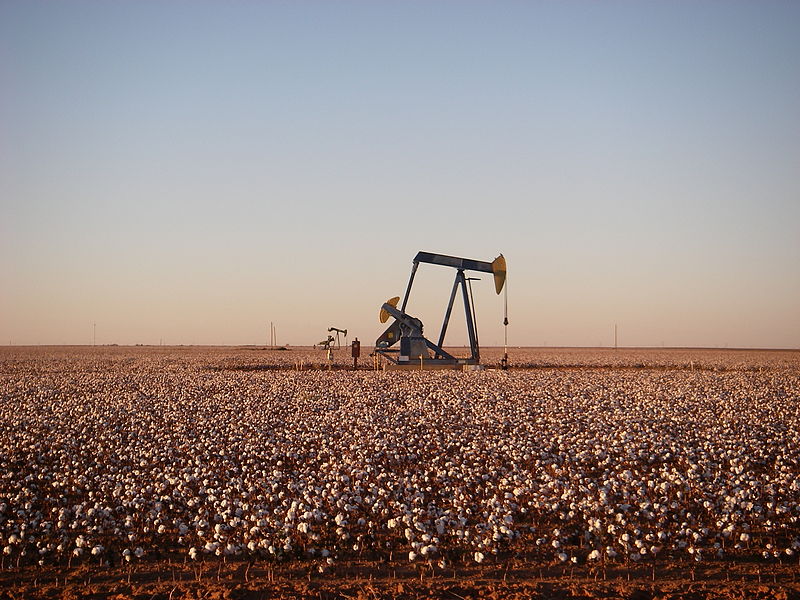 When Exxon Mobil and Chevron report first-quarter results this week, investors will be focused on how falling oil prices have increased the risk to dividends and share repurchases for the rest of 2025.
When Exxon Mobil and Chevron report first-quarter results this week, investors will be focused on how falling oil prices have increased the risk to dividends and share repurchases for the rest of 2025.
Big Oil has made returning cash to investors through dividends and share repurchases a strategic cornerstone of its efforts to woo Wall Street. U.S. President Donald Trump’s global tariff announcements have stoked fears of a recession and weaker oil demand, prompting forecasters to lower their oil price outlooks.
Lower prices would give Big Oil less cash to distribute to shareholders.
“We think the quarterly results will be overshadowed by the forward outlook given the commodity market turmoil,” wrote Paul Cheng, an analyst at Scotiabank, in a research note.
Investors will look for companies to describe how they plan to cope with sustained lower oil prices, potentially paring share repurchases, cutting spending on projects or tapping into cash stockpiles, analysts said in research notes this month.
Exxon and Chevron, the two largest U.S. oil producers, report on Friday and both are expected to post a rise in profit from the fourth quarter. Analysts expect profit of $1.73 per share for Exxon and $2.18 per share for Chevron, according to LSEG data.
Global benchmark Brent crude prices averaged $74.98 a barrel during the January-March quarter, up 1.3% from the previous quarter. U.S. natural gas prices rose 30%.
On April 2, oil prices began a free fall after Trump announced tariffs on trading partners.
Oil is now hovering around $66 a barrel, prompting analysts to model scenarios where prices remain in the $60s this year or even decline into the $50s.
So far in April, Brent prices have averaged $66.79 a barrel. During the month, the U.S. Energy Information Administration sharply cut its price outlook from an average of $74.22 per barrel to $67.87 in 2025. For 2026, the EIA now expects an average price of $61.48 per barrel, down from $68.47.
Chevron may reduce buybacks if weak oil prices persist, said analysts from four firms. The second-largest U.S. oil company previously guided annual share repurchases between $10 billion and $20 billion.
The company is in the process of cutting up to $3 billion in costs and laying off up to 8,000 employees.
UK-based BP, may be forced to cut share buybacks as well, analysts said, which would increase pressure on its already underperforming shares.
Chevron requires a Brent price of $95 per barrel to cover dividends and buybacks compared to $88 for Exxon, according to RBC Capital Markets. Both companies can cover dividends alone with prices in the mid $50s.
Assuming a Brent price of $60 per barrel in 2025, analysts from Bank of America Global Research forecast Chevron will repurchase $11 billion in shares this year, at the low end of the company’s guidance, with Exxon to buy back about $13.5 billion, below its $20 billion guidance.
Analysts from at least three firms agreed that Exxon is in a stronger position to maintain dividends and share repurchases, pointing to surplus cash on the balance sheet and efforts to drive down the cost of oil and gas production. Exxon has said it expects to repurchase $20 billion in shares annually through 2026, and last year paid $16.7 billion in dividends.
Exxon and Chevron did not respond to requests for comment.
The likelihood that the companies announce cuts to capital expenditures is low in the short term, but could come in future quarters, wrote Jason Gabelman, an analyst at TD Cowen, in an April 11 note.
Spending on shale assets and green energy transition projects would be most ripe for cuts because shale production can more quickly stop and start, while energy transition efforts are not yet material to the businesses, he wrote. Roughly 65% of Chevron’s 2025 capex is in those two segments while Exxon’s is less than 50%.
(Reporting by Sheila Dang in Houston; Editing by David Gregorio)